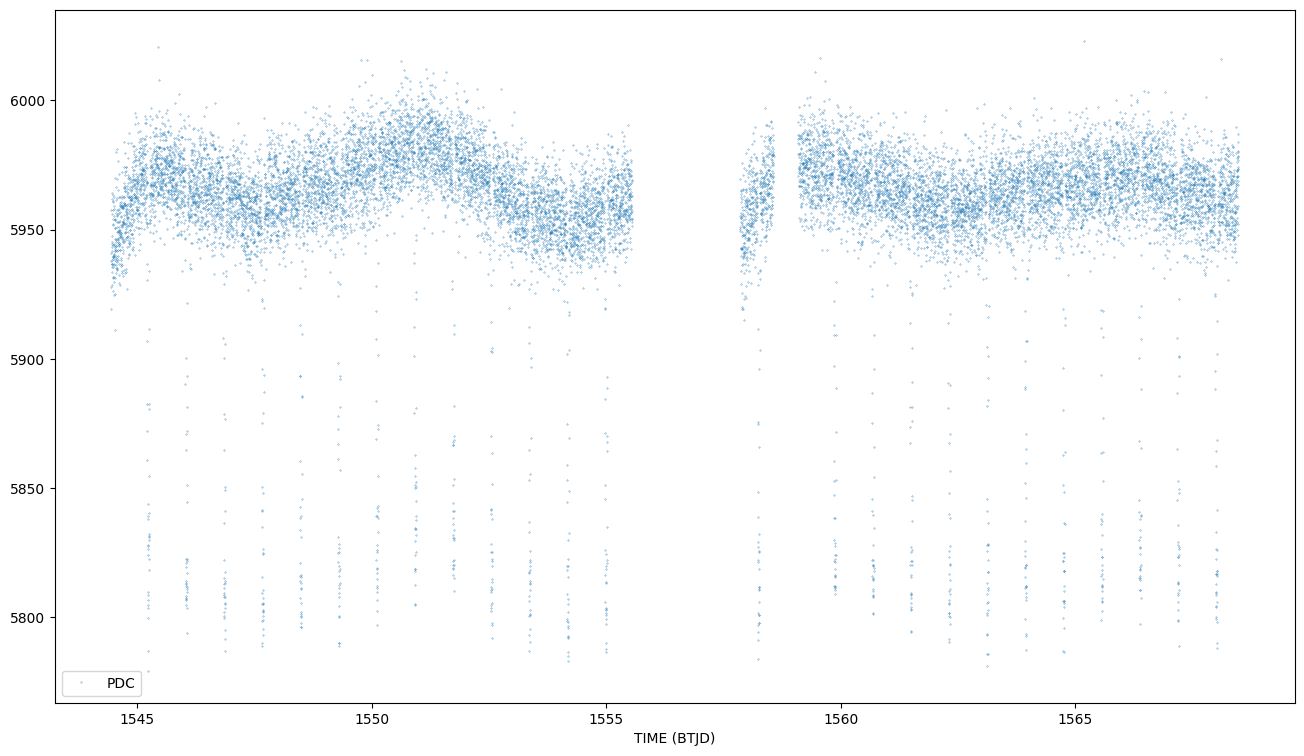 |
|
 |
|
GSC 05490-00141
Stellar parameters and planets on the system
| Host Star: GSC 05490-00141 | GSC 05490-00141 System planets | |||||||||||||||||||||||||||||||||||||||||
|---|---|---|---|---|---|---|---|---|---|---|---|---|---|---|---|---|---|---|---|---|---|---|---|---|---|---|---|---|---|---|---|---|---|---|---|---|---|---|---|---|---|---|
|
|
Photometric data catalogues and tools:
Plot from LIGHTCURVE FITS file

Auxiliary Products:
Spectroscopic data catalogues:
|
La Palma, CAHA, Keck, ESO archives |
WASP-43 b
Planet parameters
| Planet Name | Planet Mass | Planet Radius | Semi Major Axis | Orbital Period | Eccentricity | Inclination | Tidally Locked | Angular Distance | Primary Transit Source (JD) | Calculated Planet Temperature(K) | Molecules | Star Distance |
|---|---|---|---|---|---|---|---|---|---|---|---|---|
| WASP-43 b | 2.052 | 1.036 | 0.01526 | 0.81347753 | 0.0035 | 82.33 | 0 | 2455726.54336 | 0 | C, CH4, CO, CO2, H2O, NH3, O I | 0 |
Direct access and visualization for NASA archive
SHOW ERRORBARS Y/N
SHOW ERRORBARS Y/N
| Ref | Type | Facility | Instrum. | Npt | Comments |
| Chen et al. 2014 | spec | Max Planck Gesellschaft 2.2 meter Telescope at European Southern Observatory | GROND | 7 | CHEN ET AL 2014 We observed one primary transit and one secondary eclipse events of WASP-43b with the GROND instrument mounted on the MPG/ESO 2.2-meter telescope at La Silla in Chile. GROND is an imaging instrument primarily designed for the investigation of gamma-ray burst afterglows and other transients simultaneously in seven bands: Sloan g′,r′,i′,z′and near-infrared J,H,K. |
| Hoyer et al. 2016 | phot | LCOGT 1m telescope at Cerro Tololo Inter-American Observatory | Sinistro | 2 | HOYER ET AL 2016 Of these, 6 events were observed simultaneously in the i' and g' filters with the 1.0-m LCOGT Network, other two transits were observed only with the g' or the i' filter also at the 1.0-m LCOGT |
| Hoyer et al. 2016 | phot | Observatorio del Teides 0.8 meter Telescope | CAMELOT | 1 | HOYER ET AL 2016 The transit at IAC80 telescope was observed using the CAMELOT instrument. CAMELOT has a collector area of 2048 x 2048 pixels 2 with two readout amplifier channels, a FoV of 10.4 x 10.4 arcmin 2 and a pixel scale of 0.304 arcsec. The observation was performed using the 500 KHz read-out speed in both channels without binning, having thus a readout time of 4.4s TABLE 1 doc https://arxiv.org/pdf/1603.01144.pdf |
| Kreidberg et al. 2014 | spec | Hubble Space Telescope satellite | Wide Field Camera 3 | 22 | KREIDBERG ET AL 2014 We observed three full-orbit phase curves, three primary transits, and two secondary eclipses of WASP-43b with 61 HST orbits. During the observations, we obtained low-resolution time series spectroscopy with the WFC3 G141 grism over the wavelength range 1.1 to 1.7μm. |
| Murgas et al. 2014 | spec | Gran Telescopio CANARIAS 10.4m telescope | OSIRIS | 36 | MURGAS ET AL 2014 We used OSIRIS in its long-slit spectroscopic mode, selecting the grism R1000R which covers the spectral range of 520-1040 nm, and a custom built slit of 12 arc-sec of width. With such a wide slit, the spectral resolution is dominated by the seeing during the observations, which varied between 0.8 and 1.8 arcsec. This translates in an effective spectral resolution of R=374-841 at 751 nm. |
| Ricci et al. 2015 | phot | Observatorio Astronomico Nacionals 0.84m Telescope | Mexman | 3 | RICCI ET AL 2015 WASP-43b was observed in V R I with the 2.12m telescope and in the i filter with the robotic 1.50m telescope |
| Ricci et al. 2015 | phot | Observatorio Astronomico Nacionals Harold Johnson Telescope | RATIR | 1 | RICCI ET AL 2015 WASP-43b was observed in V R I with the 2.12m telescope and in the i filter with the robotic 1.50m telescope |
| Exoplanets-A (CASCADe) | spec | HST | WFC3 | 25 | Exoplanets-A reduction CASCADE v. 1.0.0 Created:2021_2_18:15_48_25 Obs.Type:transit |
| Exoplanets-A (CASCADe) | spec | HST | WFC3 | 25 | Exoplanets-A reduction CASCADE v. 1.0.0 Created:2021_2_18:15_51_7 Obs.Type:eclipse |
| Transit models (Exoplanets-A: CASCADe reduction): Eclipse models (Exoplanets-A: CASCADe reduction): |